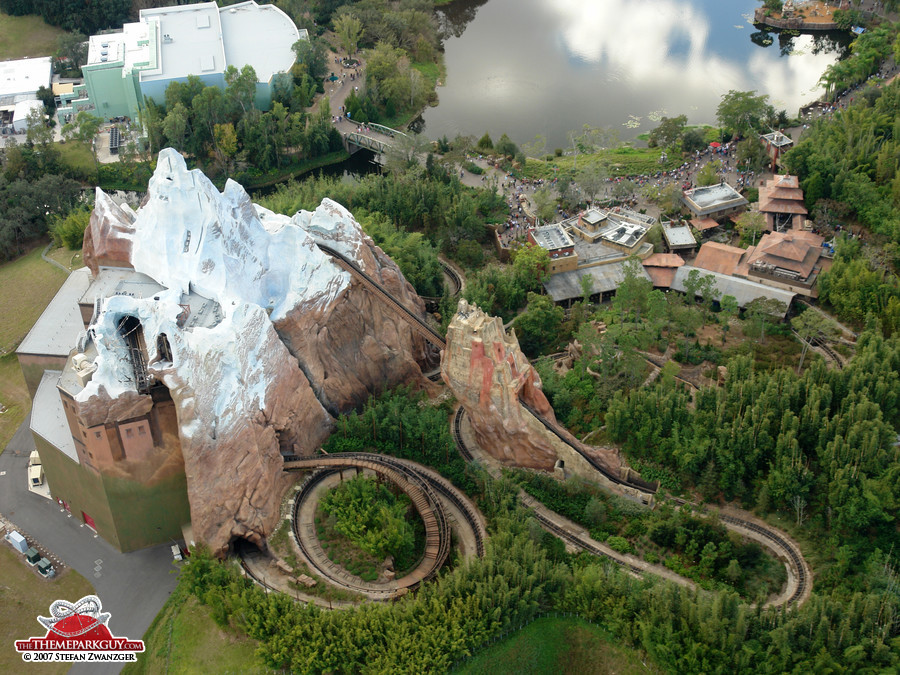Very sad, that woman should not have died enjoying a thrill ride. Yes, morbidly obese people should lose weight, but they also should be able to enjoy a theme park, and if they walk a lot and avoid the "circus food" options, they might lose a bit of weight and get some needed exercise.
In terms of engineering rides, I would say that designers should aim to account for several standard deviations above the median weight. Nothing wrong with over-designing something. B-52's (bombers) last rolled off the assembly line in the 1960s, but because they were designed with a lot of tolerance and overbuilt, the Pentagon is still flying 77 of them, and they'll be in the air until the 2040's. 80 year liftspan for an airframe ain't bad.
In terms of roller coaster design, I'd start by making sure the cars can accomodate those who are morbidly obese (with tens of thousands of guests a day, you will be getting these folks), and I'd also design sensors in the "bar" so that you know when everybody's bar is locked. An audible "click" doesn't sound like much of a safety system. They could also design a train with a special car for those who are obese.
Also, safety system redundancy is important:
Star Tours - 3 redundant safety checks
1. Common Sense, guests make sure he/she is buckled properly.
2. Castmember visual check, is everybody buckled in properly (nobody sitting on the buckle, or not buckled).
3. Computer Check
The Six Flags roller coaster had sort of just 0-2 redundant safety checks:
1. Common Sense. Victim said that she was concerned she wasn't properly secured, though harder for her to tell as it is a bar type system, not a belt. If this wasn't a proper safety check, (i.e. hard for a guest to tell if everything is working), then it probably doesn't count.
2. Castmember check. Did the castmember push down on the bars to see if they stopped on the upswing? Or did the employee just rely on the guest hearing a click? (Not very reliable versus physically checking yourself.)
Something went wrong as the victim felt she wasn't secured and the employee had no way to verify this. I think that the safety checks should be independent of each other, and objective in and of themselves.
When you design safety systems with multiple layers of redundancy, you anticipate a failure rate for each step, let's look at
Star Tours:
1. Common Sense belt buckle failure rate of 1/1000. A guest might be distracted and not realize that he/she is sitting on the buckle, or more likely, a teen tries to buckle it underneath them to fool the sensor.
2. Castmember visual check failure rate of 1/1000. Let's say that CMs are pretty thorough and only rarely miss a missing buckle (most they are checking to make sure teens are trying to trick the computer).
3. Computer failure rate of 1/10,000. Pretty conservative, computer can tell if it is buckled the vast majority of the time barring a sensor malfunction/maintenance issue. Maintenance and testing makes the computer even more precise.
Failure rate for unbuckled but overlap: 1/1000 times 1/1000 times 1/10,000 means that there is a 1/10 billion . . . a one in 10 billion chance you won't be buckled properly (through no fault of your own) and the computer and CM doesn't catch it. That's pretty good.
Let's look at the misbehaving teen on Star Tours who tries to buckle underneath them:
The computer would be fooled, and the teen did it on purpose, so there is just the CM to save the day, and that CM has a 1/1000 failure rate . . . but if the CM is instructed to look extra closely at teens, maybe just a 1/5000 failure rate.
So, if let's say 3,000 teens try to buckle underneath them to ride Star Tours without a seatbelt, only 1 will succeed . . . and what percentage of them will be physically injured? Pretty small, but they could hurt themselves or another guest. Legally, you can see why Disney might put a security camera inside the flight simulator, so that if somebody is injured by flying out of their seat, it was much, much more likely due to trying to buckle the seatbelt underneath them than a freak accident.




.jpg)




